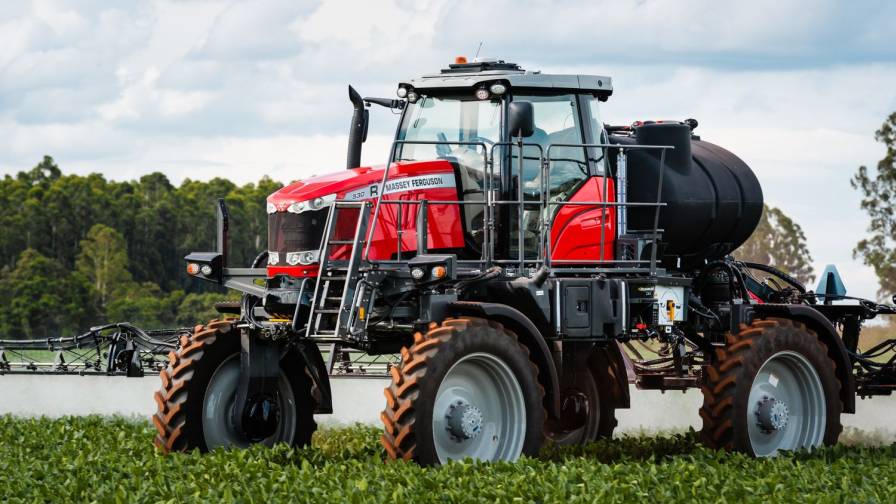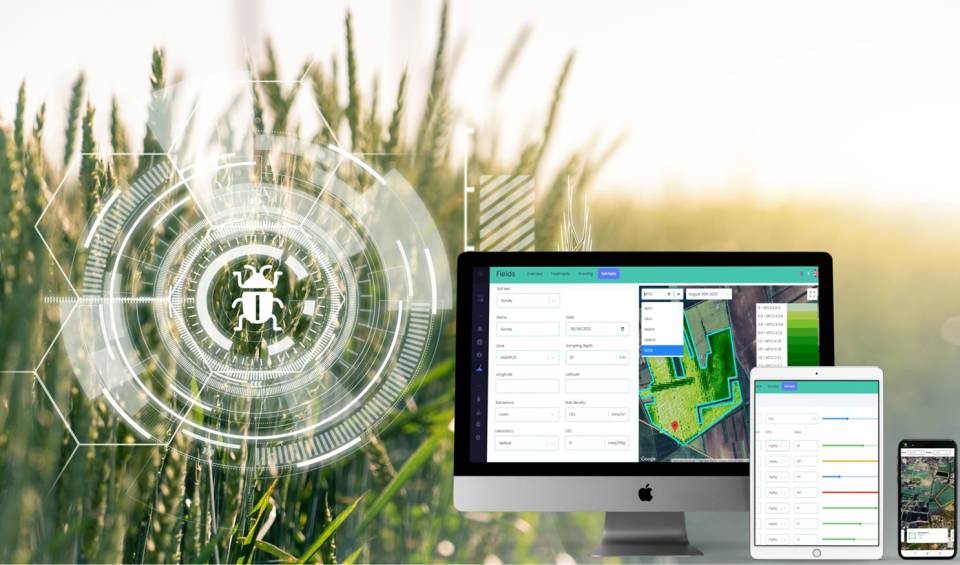EPA Accepts NAAA’s Recommendations to Improve Accuracy of Aerial Drift Model in its ESA Insecticide Strategy Policy
The EPA has accepted the National Agricultural Aviation Association’s (NAAA) recommendations to improve the accuracy of the models used to estimate the amount of drift from aerial applications as part of the agency’s endangered species insecticide strategy.
EPA has been using the Tier I model in AgDRIFT, which had many erroneous and outdated assumptions, including the typical droplet size used, aircraft type reflecting the industry, weather conditions during the application, and boom drop. The AgDRIFT model calculates the estimated drift from aerial applications, as well as ground and airblast applications, by assessing a number of variables related primarily to aircraft setup, droplet size, and weather.
The Tier I model used inaccurate outdated assumptions about aerial applications that resulted in unrealistic aerial drift estimates, which in turn were used in environmental and human health risk assessments. The result has been pesticide registration risk assessments and decisions that have overstated the risk aerial application presents to our environment and fellow citizens.
NAAA has advocated to the EPA for many years to utilize the Tier III model in AgDRIFT and use more realistic assumptions for aerial applications. In a support document for EPA’s recently released insecticide strategy, EPA indicated they had accepted NAAA’s recommendations and used the Tier III AgDRIFT model and most of NAAA’s suggested assumptions when drafting the insecticide strategy. The support document strongly suggests EPA will use the more accurate Tier III model with updated assumptions for all ecological risk assessments going forward. Similar EPA policies related to the reregistration of pesticides have also resulted in the agency moving towards Tier III of AgDRIFT and using wind directional buffers—points advocated by NAAA.
In moving to the Tier III model, EPA changed the default aircraft to reflect that the most common ag aircraft in use in the U.S. is an 800-gallon turbine-powered aircraft, twice the size of the aircraft used in Tier I and more aerodynamic than the previous aircraft model used. EPA also accepted NAAA’s recommendations regarding swath width, number of passes, droplet size, and setting weather conditions based on what the label requires.
“With EPA’s change to the Tier III model, the estimated drift from aerial applications has been substantially reduced,” said Andrew Moore, chief executive officer of NAAA. “This is a more accurate, science-based shift by the agency and will help to aerial applicators and pesticide manufacturers ensure the ag aviation industry’s customers can continue to rely on aircraft to judiciously apply needed pesticides to protect their crops without unnecessary and burdensome regulations.”






